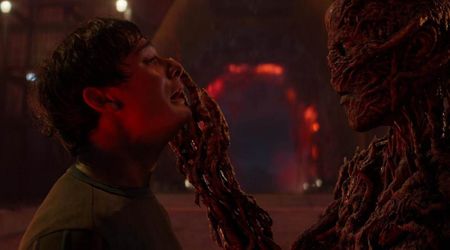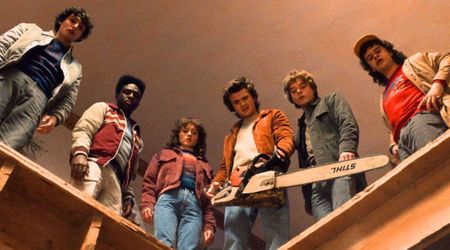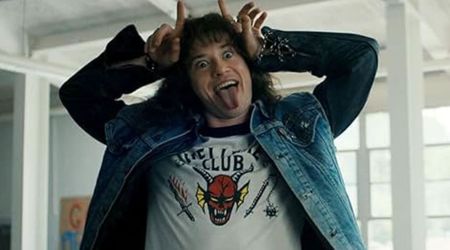'Fear City: New York vs The Mafia': How agents worked for days to decipher calls to build case against NYC's mob

New York of the 1970s would easily come off as anarchist, plagued by drugs, violence, and murder. It was the golden era of the mob and the Italian crime families that ruled the city were as powerful as ever. Federal authorities were relentlessly pursuing leads to track down these families and hold them accountable for their crimes. But they hit a roadblock every time. The 'Five Families' couldn't be touched and held the city in their grip.
Netflix's new three-part series documentary 'Fear City: New York vs the Mafia' delves into the notorious La Cosa Nostra of the 1980s and how law enforcement attempted the impossible and took them down. Directed by Sam Hobkinson, the docuseries is based on real-life accounts from former FBI agents. It explains a time-stamped sequence of events that took place during the investigation that ultimately led to the trials.
The mafia had been running its operations unfettered, while the FBI stood by trying to tackle the issue but not knowing how to go about it. They had no strategy, no plan whatsoever, despite having deduced the way the mafia was structured and how they worked. It came to a point where the feds were losing the public's trust and faith in law enforcement was waning.

Prosecutable street crimes were committed by the low-level foot soldier, but the mobs were strictly governed by the code of Omerta, which protected the higher-ups. The Five families had been running the New York crime scene since the Prohibition era. The Bonanno, Colombo, Gambino, Genovese, and Lucchese families had control over the city's five boroughs. They had influence over construction, fish markets, the longshoremen, garment manufacturing, even restaurants. The unemployment level was at an all-time high, the tax base was shrinking and there were major cuts in services. Law enforcement was shorthanded and overwhelmed.
The narrative of the film moves cohesively from building a case against the mob bosses. Moving along a structure that included foot soldiers, captains, underboss, and capos of all five families, feds' target shifted with every discovery. Finally, their goal was to take down the mafia's governing body, the Commission. Similar to a board of directors, the Commission was a high council through which the families mediated disputes and coordinated their operations.
The federal agents recall the sleepless hours and efforts that they put into a case riddled with complications. After thoroughly comprehending the Racketeer Influenced and Corrupt Organizations Act (RICO) through a crash course with Cornell University Professor G Robert Blakey, they were ready to take on the mafia. Blakey had helped draft the law which came into effect in 1970.

Through some dramatized bits, archival footage, creative wordplay, and a montage of photographs, Hobkinson manages to tell us a heroic story covering every nook and corner possible. The ex-agents also reenact some episodes, showing how they would listen to tapes or slip bugging devices into homes and vehicles of the mob bosses. It was this electronic surveillance that allowed the FBI to build their case while understanding the structure of the Five Families. A task force was designated to each family to collect information and evidence that could implicate them. Officers would spend hours transcribing the tapes, that were often unclear. Yet they managed to present at the trial a document filled with accurately decoded transcriptions.
'Fear City' is your typical cop vs mobsters kind of story, for along with FBI agents, it pans on two former mobsters from the Colombo and Gambino families. They share their accounts and experiences from being in the mob and the lives they led before it all came crashing down. It also highlights the mob's powerful reign over labor unions and how their influence seeped into other parts of the society. The series culminated with the 1986 Mafia Commission Trial which led to eight of the top mob figures, including the capos of three of the La Cosa Nostra being convicted.

The choice of background scores blends seamlessly with the events in the series, inciting both suspense and curiosity. The visual accompaniment is remarkable and together, they give the depth the subject requires. However, the series feels a little rushed as if the storyteller was impatient and just wanted to finish the story. Many moments in the film felt like they had been shortened or cut off to stick to the three-episodic frame when it could have easily been expanded for at least an episode or more. Overall, 'Fear City: New York vs The Mafia' isn't particularly the first of its kind or a completely refreshing take on the story of the downfall of the Italian-America crime families of New York. However, it does satisfy certain characteristics of an insightful, informative, and eye-opening documentary.
‘Fear City: New York vs The Mafia’ is now streaming on Netflix.










